The Midnight Ride of Paul Revere
The story of Paul Revere and his Midnight Ride is one of the many fascinating subjects of the grand American past. Taking place in conjunction with the Battles of Lexington and Concord, on April 19, 1775, the tale has passed down from generation to generation.
Revere was an American Patriot living in Boston in the late 1700s when our Revolution began. He was born on January 1, 1735, to Apollos Rivoire (who changed his name to Paul Revere) and Deborah Hitchborn. After receiving a few years of schooling, Paul Jr., at age 13, began an apprenticeship with his father as a silversmith.
Paul Sr. died in 1754 and the young Revere soon took over the family business in Boston. Three years later, Paul married Sarah Orne and they had eight children together. When Sarah died in 1773, Paul quickly remarried, this time to Rachel Walker by whom he fathered another eight children. He was a busy man!
When business slowed in the 1760s, Revere added dentistry to his professional offerings, making him possibly the only Founding Father who could fill a cavity! About this same time, as the colony’s relationship with England began to deteriorate, Revere joined the Patriot cause.
In 1765, Revere became a member of the Sons of Liberty, a group dedicated to resisting British encroachments on American liberties. He used his silversmith skills to produce engravings with a political theme, including a famous depiction of the Boston Massacre. Revere also actively worked against the Tea Act and was a ringleader for the Boston Tea Party in 1773.
About this same time, Revere became a courier for Boston’s Committee of Public Safety, a sort of quasi-government that replaced the discredited Royal officials. In this role, Revere carried messages and other correspondence to better coordinate activities among like-minded patriotic organizations. In fact, during a two-year period starting in December 1773, Revere rode to New York and Philadelphia 18 times carrying critical dispatches.
In addition to his courier duties, Revere helped to organize an “alarm and muster” early warning system. Its goal was to alert the countryside, especially the militia, when the Brits were on the move outside Boston. This prior preparation would prove beneficial in the months ahead.
The American crisis worsened in 1774 when Parliament seized control of Massachusetts. The next year the King’s ministers ordered General Thomas Gage, the commander of British troops in the area, to confiscate colonial ammunition supplies in Concord and possibly apprehend rebel leaders Samuel Adams and John Hancock.
Joseph Warren, another devoted Patriot, was informed of these plans and hoped to alert the two men of the danger they were in. He also wanted to rouse the militia, especially the Minutemen, in the area and have the gunpowder in Concord moved to a different, safer location.
Minutemen, by the way, were an elite part of the militia, about 25% of the total force, and were able to muster within one minute. Interestingly, they were not created during the American Revolution, but rather had their origins in the mid-1600s to protect settlements from Indian attack.
When roused to action, the Minutemen were effective and efficient, but due to their individualistic nature they lacked centralized control. Ironically, the Battles of Lexington and Concord would prove to be the last assembly of the Minutemen as they were soon absorbed into the new Continental Army.
Depiction of Paul Revere’s Ride
In any event, Warren asked Revere and William Dawes to ride to Lexington where Adams and Hancock were then staying, and then continue west to Concord alerting the countryside as they went.
Before leaving on his mission, Revere asked Robert Newman, the sexton of North Church, to inform the residents of nearby Charlestown of British intentions. Knowing the Redcoats must either cross the Boston Neck or the Charles River to begin their march to Concord, Revere instructed Newman to set out lanterns, “one if by land and two if by sea,” in the steeple of the church. Accordingly, Newman set out two lanterns.
Around 11:00pm, the two riders headed out, and thus began the midnight ride of Paul Revere. While Dawes took a southern route to Lexington, Revere took the more dangerous northern road out of Boston through Charlestown. As he rode, Revere warned practically every house along his path, telling one and all, “the Regulars are coming out” (not the commonly believed “the British are coming”).
Thanks to the “alarm and muster” system previously created by Revere and his friends, many of these patriots soon began their own dashes to warn other people in the area. Amazingly, by the time the British were on the march, towns as far as 25 miles away were aware of the pending action.
Next week, we will talk about how Paul Revere’s midnight ride ended up, and what he did for an encore with the rest of his life.
Until next time, may your motto be “Ducit Amor Patriae,” Love of country leads me.

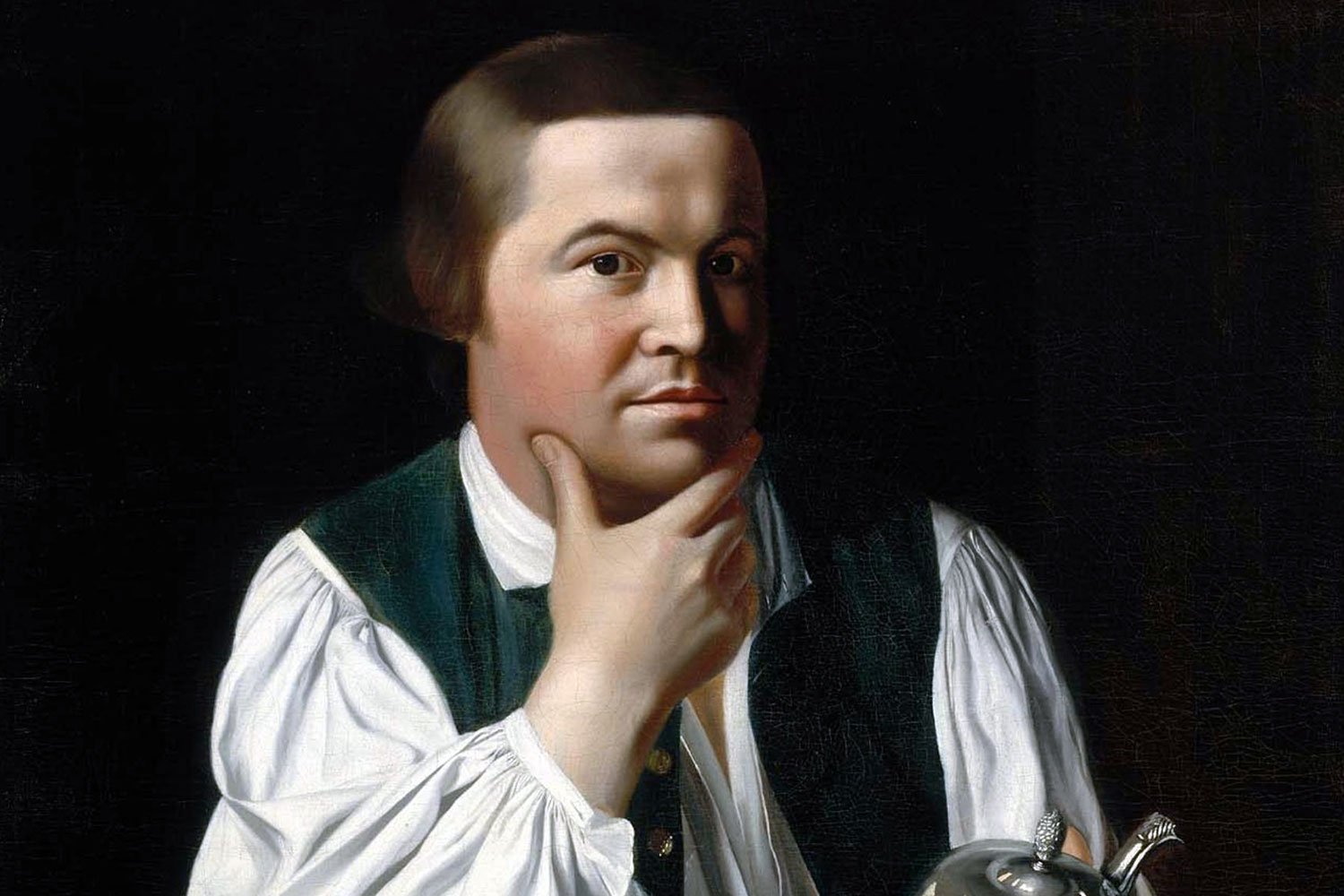

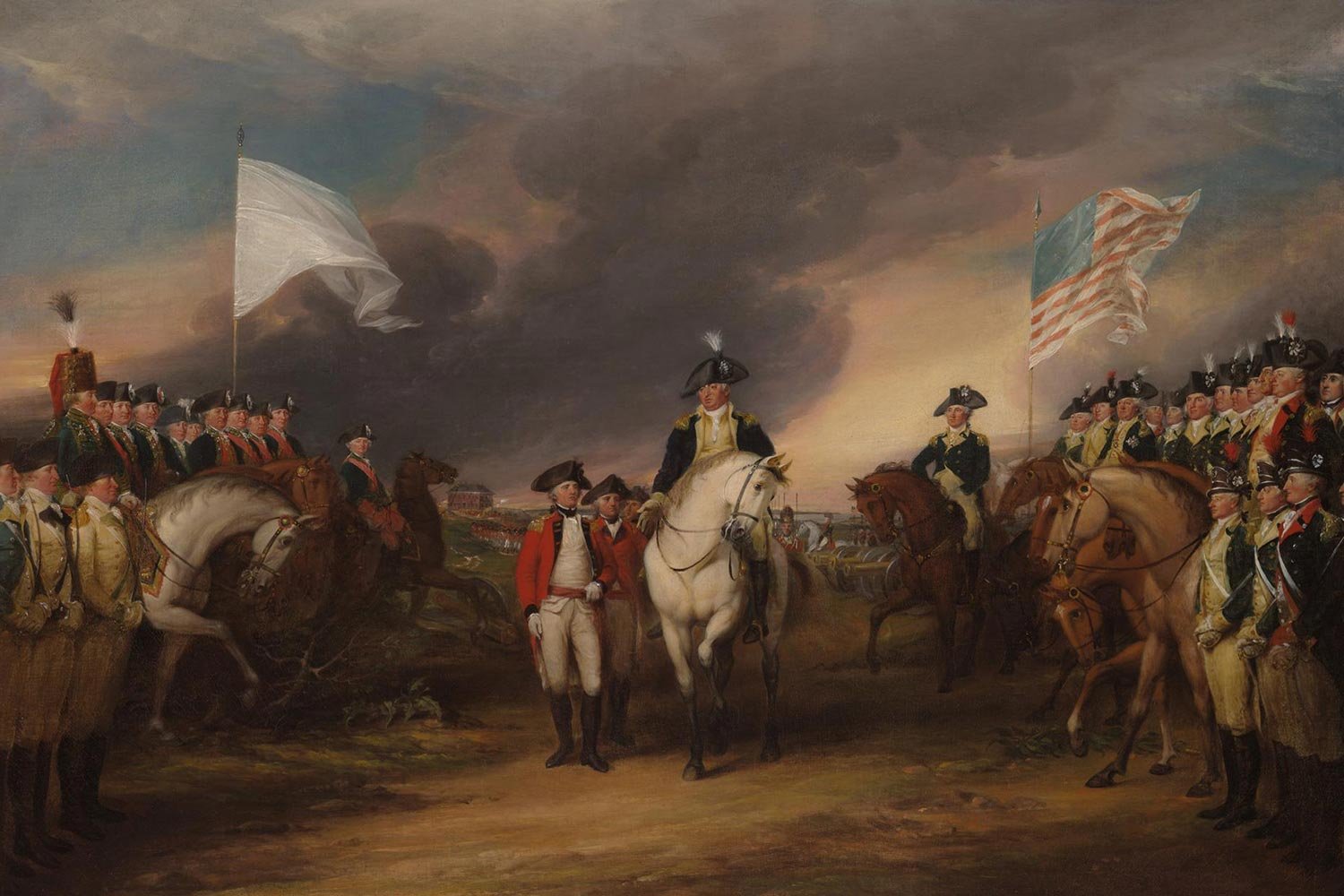



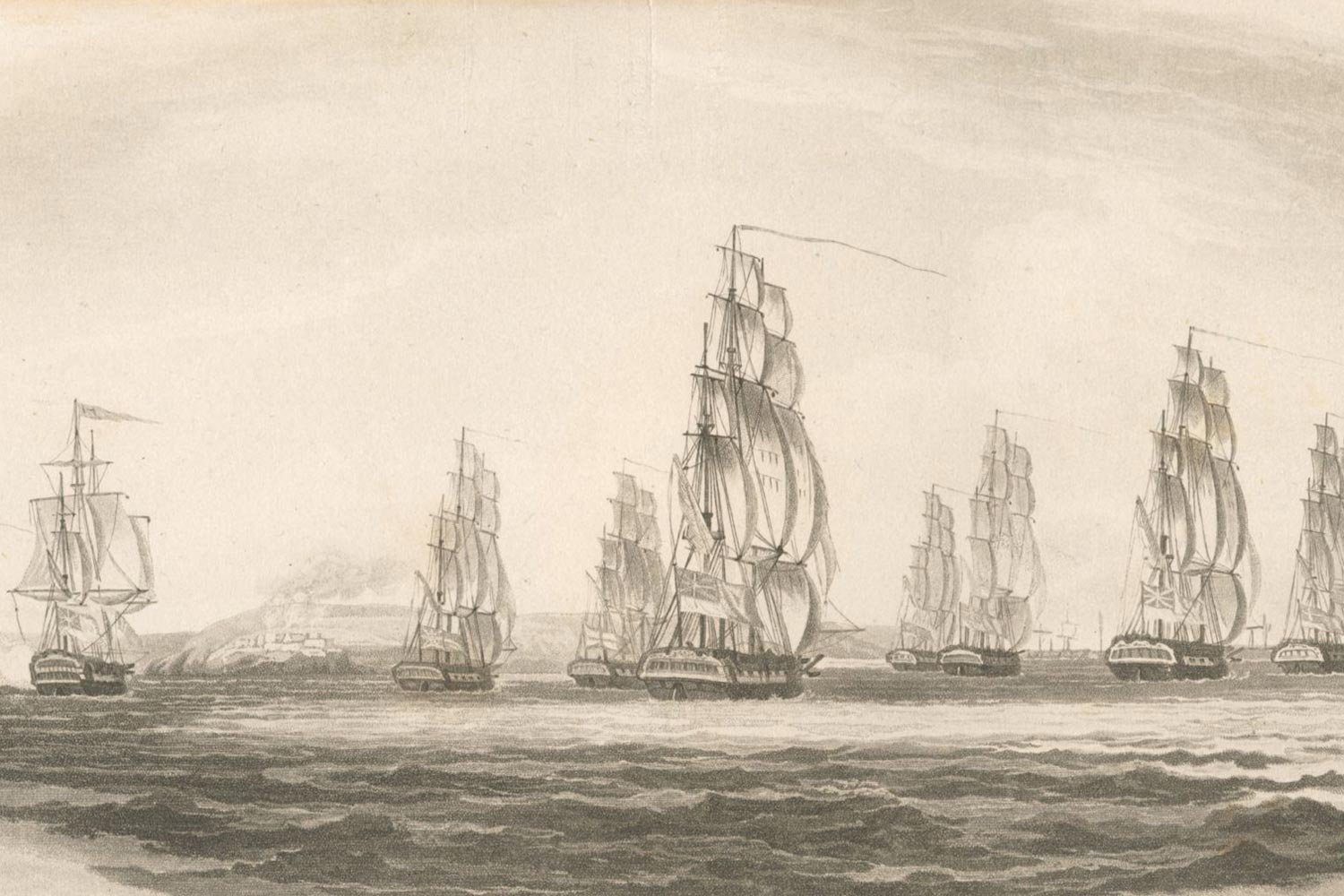
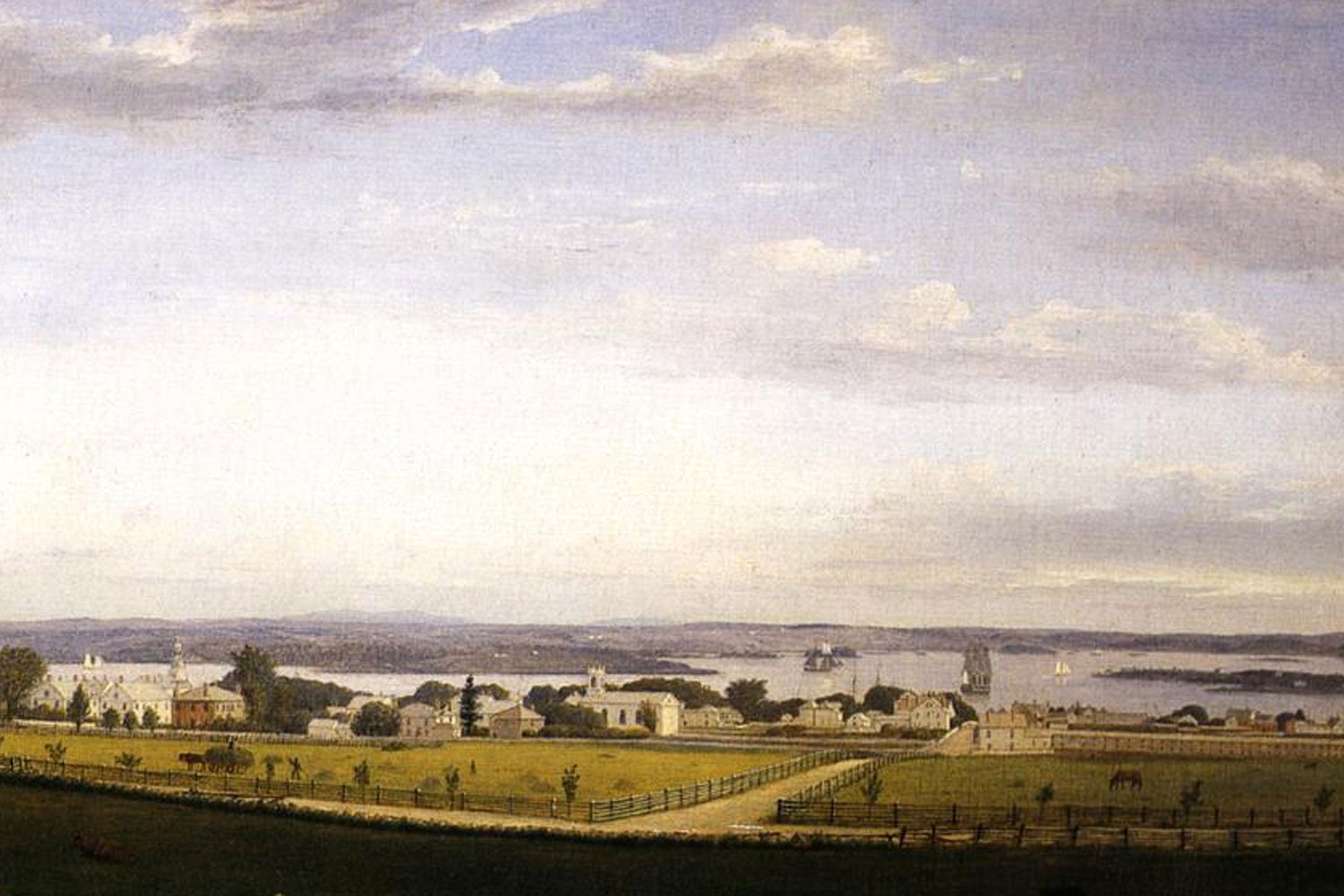
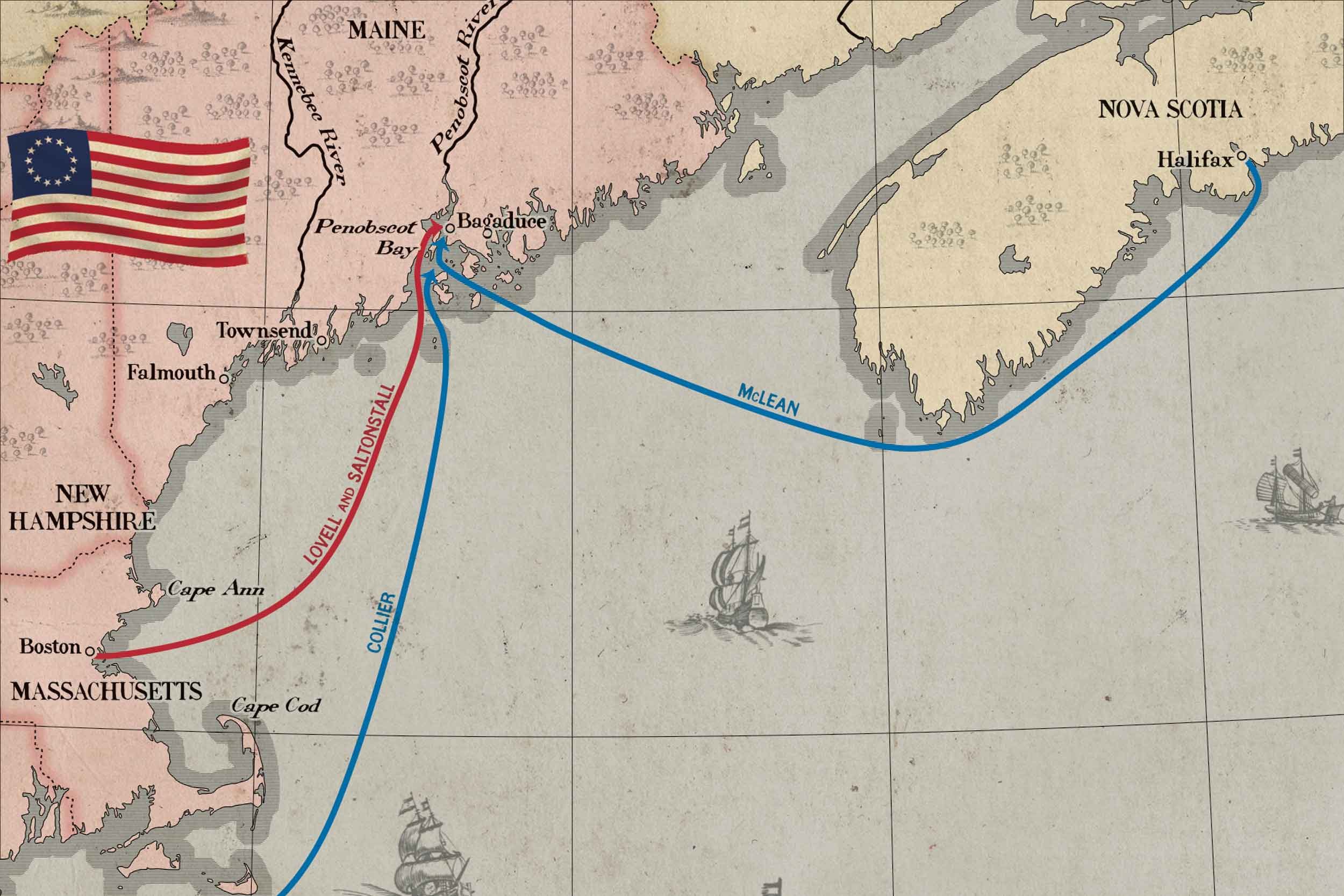
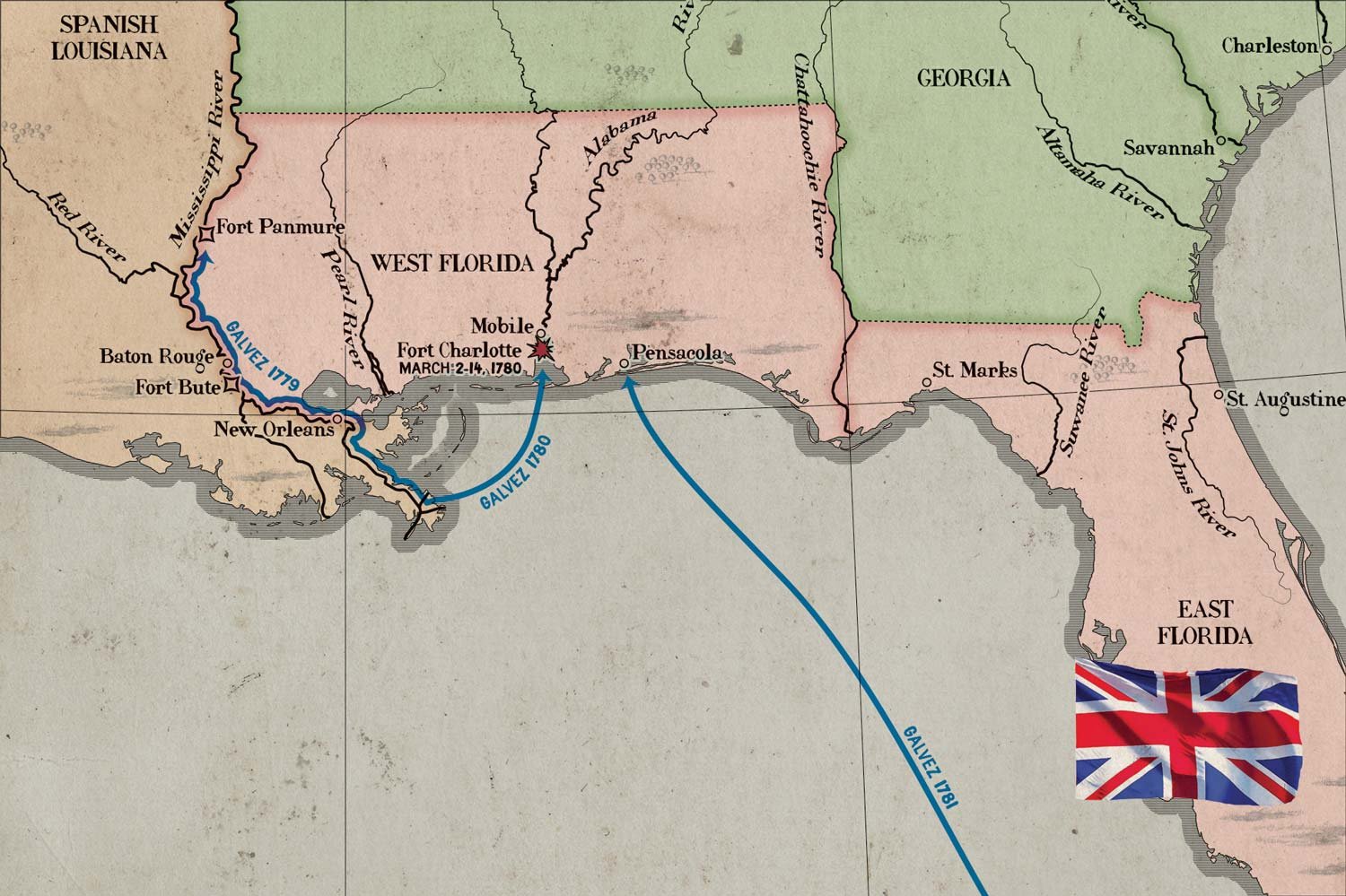
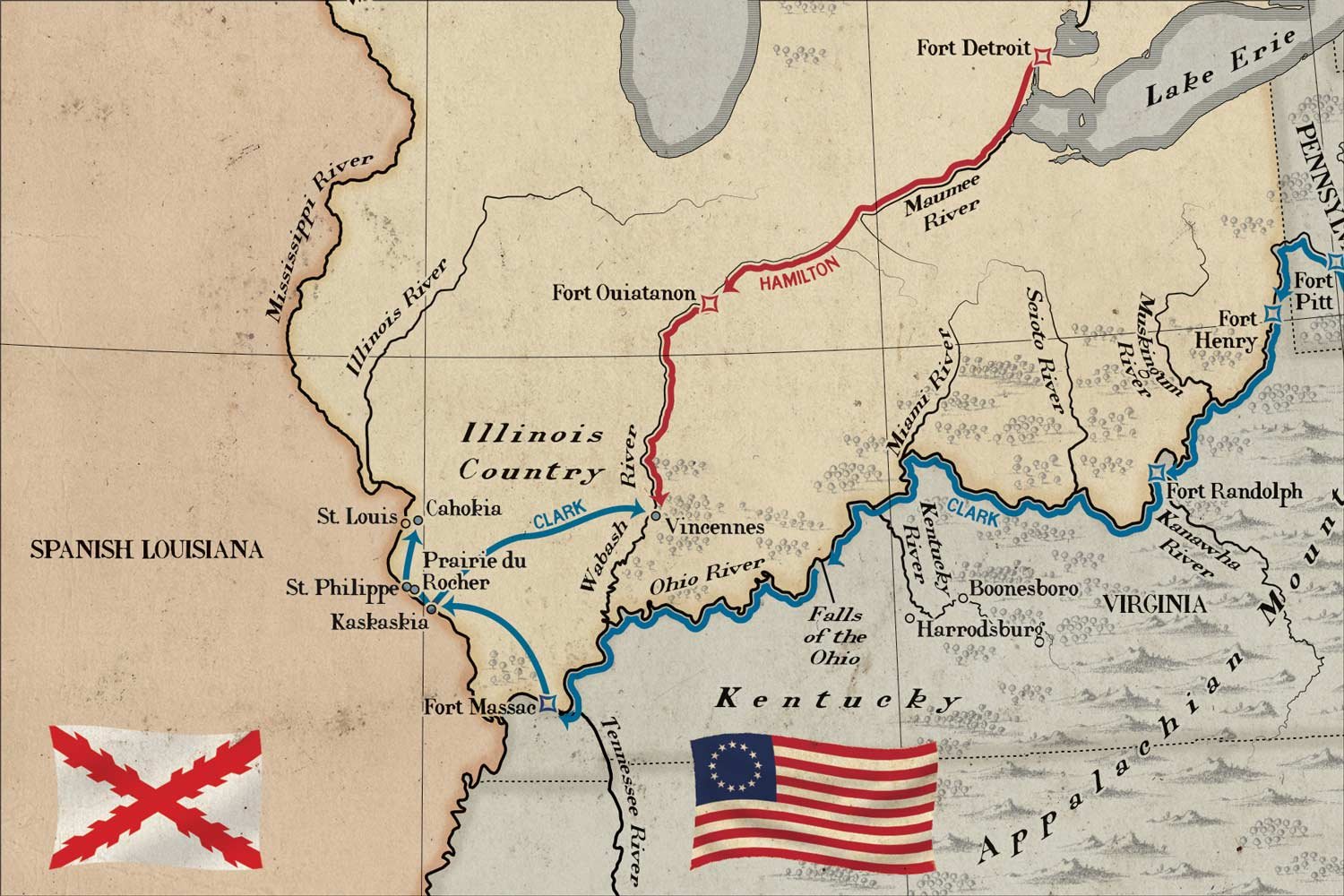
After Lord Charles Cornwallis surrendered to General George Washington in Yorktown on October 19, 1781, English officials reached the painful conclusion that the war was simply too costly to continue. Not only was the war in North America expensive to prosecute, but it was also a distraction from England’s defense of their more lucrative possessions elsewhere in the world, such as the sugar islands in the Caribbean and trading posts in India.